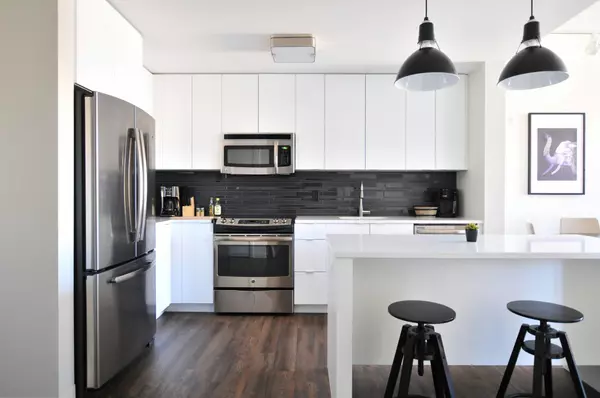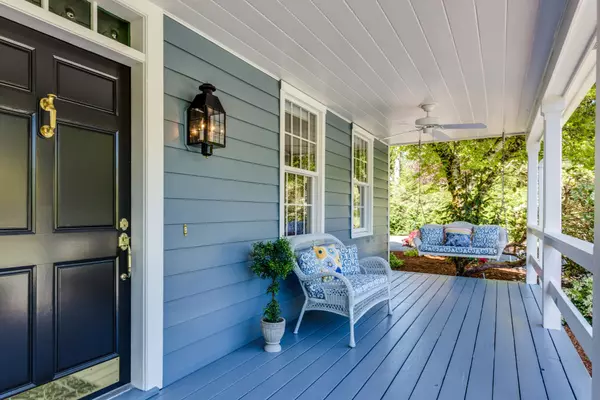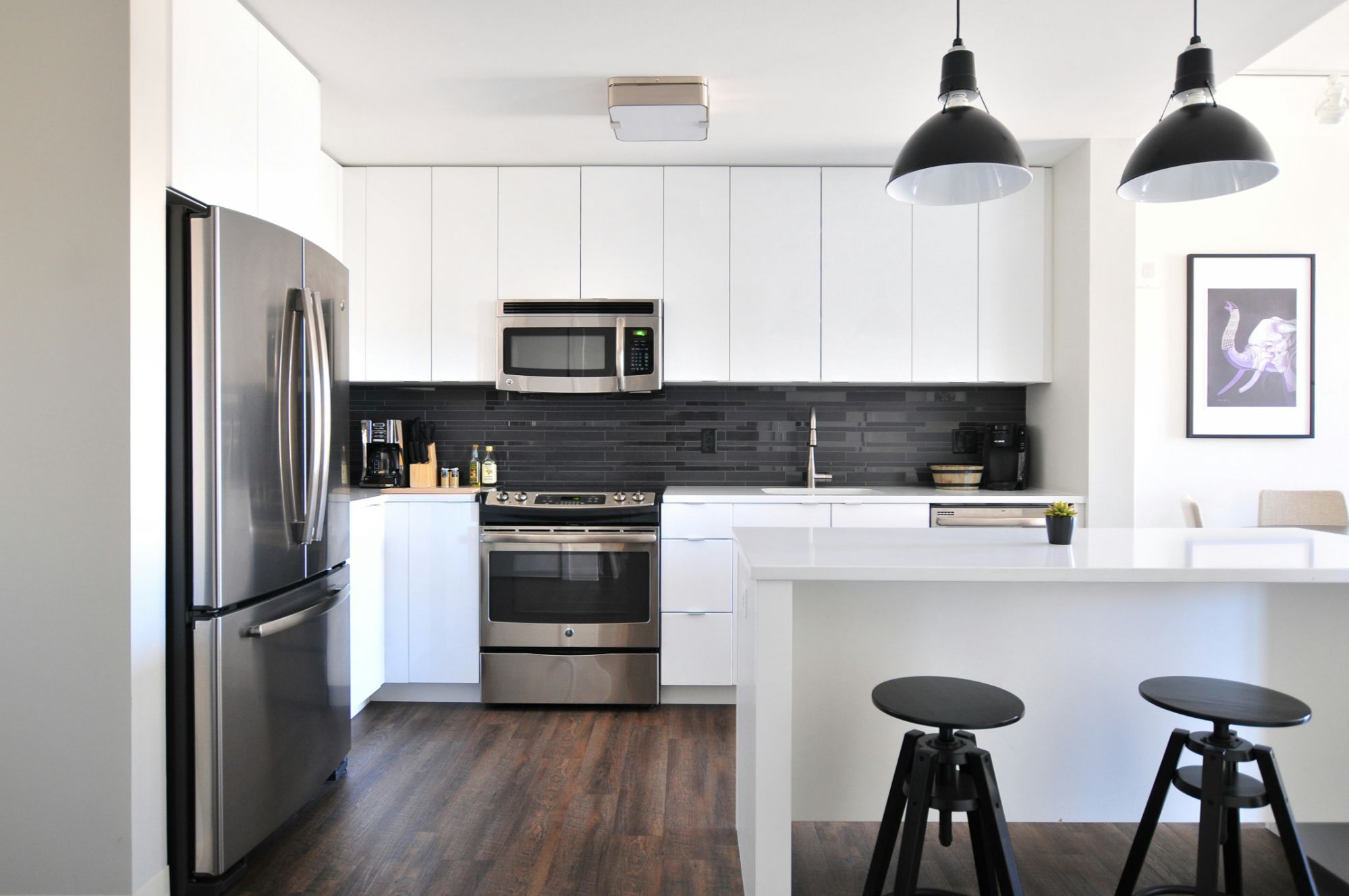10 Steps to Buying Your First Home.
1. Assess Your Financial Situation
Before you start browsing homes, it’s essential to assess your financial health. This includes understanding your credit score, calculating your debt-to-income ratio, and determining how much you can afford to spend. Lenders will look at these factors to determine how much they’re willing to lend you.
Tip: Aim for a credit score of 620 or higher to get better mortgage rates. Calculate your budget carefully, considering not just the mortgage but also insurance, taxes, and maintenance.
2. Get Pre-Approved for a Mortgage
Once you have a clear picture of your finances, the next step is getting pre-approved for a mortgage. This process involves submitting your financial information to a lender, who will assess your eligibility for a loan and let you know how much you can borrow.
Tip: Getting pre-approved shows sellers you’re serious and helps you narrow down your home search to properties within your price range.
3. Find a Real Estate Agent You Trust
A knowledgeable real estate agent is an invaluable resource during the home-buying process. They can help you find the right property, negotiate a fair price, and guide you through the legal paperwork. Choose an agent who understands your needs and is experienced in your local market.
Tip: Look for a real estate agent with a good reputation and a track record of helping first-time homebuyers. Personal referrals can be helpful.
4. Start House Hunting
With your pre-approval and agent in place, you’re ready to start searching for your first home! Take your time during this step—be sure to view a variety of homes, both in person and online, to get a feel for what’s available in your price range. Pay attention to the location, size, amenities, and condition of each property.
Tip: Make a list of must-have features and deal-breakers to guide your search. Stay flexible with less important details.
5. Make an Offer
Once you’ve found a home you love, it’s time to make an offer. Your real estate agent will help you determine a fair offer based on the asking price and recent sales of similar properties in the area. In a competitive market, your agent may also help you make your offer stand out with earnest money or a personalized letter to the seller.
Tip: Stay within your budget and avoid getting emotionally attached before the offer is accepted—there may be negotiations ahead.
6. Schedule a Home Inspection
After your offer is accepted, it’s crucial to have a professional home inspection done. The inspector will check for any hidden issues, such as structural damage, plumbing problems, or electrical issues. If the inspection uncovers serious problems, you can request repairs or even negotiate a lower price.
Tip: Don’t skip this step! A home inspection can save you from costly surprises later on.
7. Secure Financing
Once the home inspection is complete, you’ll need to finalize your financing. This means locking in your mortgage rate and completing the necessary paperwork to secure your loan. You may need to provide additional documentation during this process, so be prepared for any follow-up requests from your lender.
Tip: Shop around for the best mortgage rates and terms to save money over the life of the loan.
8. Review the Closing Disclosure
Before closing, you’ll receive a Closing Disclosure, which outlines the final costs of your mortgage and any other fees associated with the sale. Take the time to review this document carefully, ensuring there are no surprises or mistakes.
Tip: Don’t hesitate to ask your lender or real estate agent if you have questions about the closing documents.
9. Close the Deal
The final step in buying your first home is closing. During this process, you’ll sign the paperwork, pay any remaining fees or down payment, and officially take ownership of your new home. At this point, the property is yours!
Tip: Double-check that all required funds (such as your down payment and closing costs) are ready before the closing day.
10. Move In and Enjoy Your New Home
Congratulations—you’re now a homeowner! After closing, you’ll receive the keys to your new home. Now it’s time to move in, unpack, and make the space your own. Remember, homeownership comes with ongoing maintenance, so make a plan to take care of your property for years to come.
Tip: Schedule regular maintenance, like HVAC servicing and roof inspections, to keep your home in great shape.
Final Thoughts
Buying your first home is a major milestone, but with the right preparation and guidance, the process can be rewarding and manageable. By following these essential steps and working with trusted professionals, you can confidently navigate the home-buying journey and find the perfect home for you. Happy house hunting!
Categories
Recent Posts










